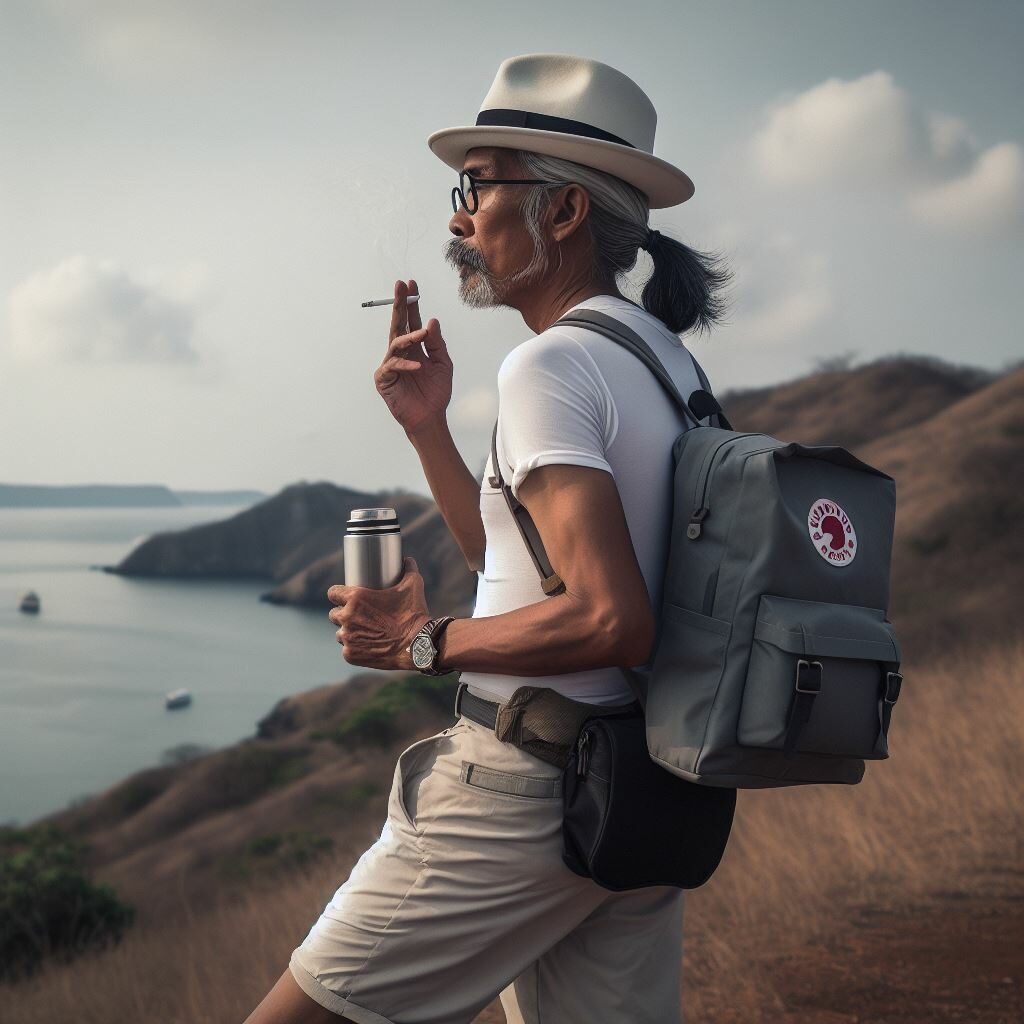Batavia, seen from Sunda Kelapa in the 17th century, would have been a sight to behold. The city was a bustling center of trade and commerce, and its skyline was dominated by the towering walls of the Dutch East India Company (VOC) fortress.
From Sunda Kelapa, one would have seen a maze of canals and rivers crisscrossing the city, with merchant ships from all over the world anchored in the harbor. The streets would have been crowded with people from all walks of life, including traders, sailors, merchants, slaves, and indigenous Indonesians.
The VOC fortress would have been the most prominent landmark in the city. It was a massive structure with thick walls and imposing cannons. The fortress was surrounded by a moat, and it was the only way to enter the city.
Inside the fortress, one would have seen a thriving commercial district. There were warehouses full of spices, textiles, and other goods from all over Asia. There were also shops selling everything from food and clothing to furniture and jewelry.
Outside the fortress, the city was more relaxed and laid-back. There were residential areas, temples, mosques, and churches. There were also markets where people could buy fresh produce, flowers, and other goods.
Overall, Batavia in the 17th century was a vibrant and cosmopolitan city. It was a melting pot of cultures and religions, and it was a major center of trade and commerce.
Here is a more detailed description of what one might have seen from Sunda Kelapa in the 17th century:
- The VOC fortress: The fortress would have been the most imposing structure in the city, with its thick walls and cannons. It would have been surrounded by a moat, and there would have been a drawbridge that could be raised to prevent enemies from entering the city.
- The merchant ships: The harbor would have been filled with merchant ships from all over the world, including Europe, Asia, and Africa. The ships would have been loaded with spices, textiles, and other goods that were being traded between the East and the West.
- The bustling streets: The streets of Batavia would have been crowded with people from all walks of life. There would have been traders, sailors, merchants, slaves, and indigenous Indonesians. The streets would have been lined with shops, stalls, and restaurants.
- The temples, mosques, and churches: Batavia was a cosmopolitan city with a diverse population. There would have been temples for Hindus and Buddhists, mosques for Muslims, and churches for Christians.
- The markets: The markets would have been a riot of color and activity. There would have been stalls selling fresh produce, flowers, spices, textiles, and other goods.
Overall, Batavia in the 17th century would have been a vibrant and exciting place to visit. It was a city on the rise, and it was a major center of trade and commerce.


